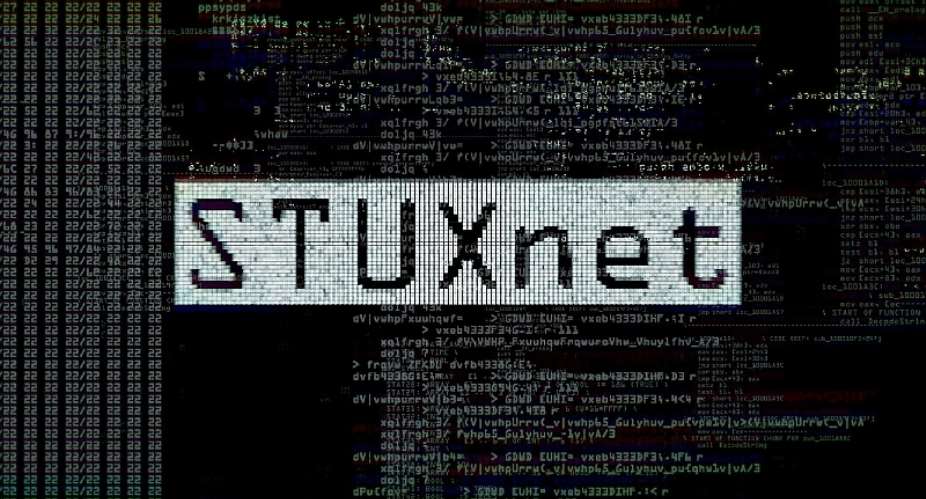In the realm of covert operations and international espionage, the story of Stuxnet stands as one of the most intriguing and controversial tales of the digital age. Created with meticulous precision, Stuxnet was a cyberweapon that made its mark by crippling Iran's nuclear facility, Natanz, with unprecedented sophistication. Allegedly crafted by the United States and Israel, this clandestine operation marked a significant shift in the way nations conduct warfare in the 21st century. This article delves into the fascinating story of Stuxnet, shedding light on its origins, impact, and the ethical debates it has sparked.
Stuxnet first emerged on the global stage in June 2010 when it was discovered by cybersecurity experts. It was unlike any malware the world had seen before. Most malware targets personal computers, seeking to steal data or disrupt normal operations. Stuxnet, on the other hand, was tailored to infiltrate and manipulate industrial control systems, specifically those used in Iran's nuclear program.
The masterminds behind Stuxnet designed it to spread discreetly through removable drives and exploit vulnerabilities in Windows computers. Once inside a target system, it sought out a very specific configuration: Siemens supervisory control and data acquisition (SCADA) systems, which were vital components of Iran's nuclear facility. This level of precision indicated that Stuxnet was not the work of ordinary hackers; it had the hallmarks of state-sponsored cyber warfare.
When Stuxnet finally reached Natanz, it began to wreak havoc on the uranium enrichment process. The malware subtly manipulated the centrifuges responsible for enriching uranium, causing them to malfunction and spin at incorrect speeds. This resulted in catastrophic consequences for Iran's nuclear program, leading to a significant setback. An estimated one-fifth of Iran's centrifuges were rendered inoperable, causing substantial delays and financial losses.
The Stuxnet operation was a testament to the evolving landscape of warfare. It was a covert campaign conducted entirely in the digital realm, with real-world consequences. The operation remained shrouded in secrecy for years, with neither the United States nor Israel officially claiming responsibility. This ambiguity allowed the operation to proceed without the risk of immediate retaliation.
The Stuxnet incident raised numerous ethical and legal questions. While the operation undoubtedly hindered Iran's nuclear ambitions, it also set a precedent for using cyber weapons in international conflicts. Critics argued that this blurred the lines between traditional warfare and cyber warfare, potentially leading to a dangerous escalation of hostilities in the future.
Additionally, the deployment of Stuxnet sparked debates about the violation of international law and sovereignty. Some argued that the attack on Iran's nuclear facility constituted an act of aggression, while others contended that it was a necessary measure to prevent a perceived threat to global security.
Stuxnet, the cyberweapon that sabotaged Iran's nuclear program, remains a captivating and controversial chapter in the history of cyber warfare. It demonstrated the immense power of state-sponsored cyberattacks and their potential to disrupt critical infrastructure. While it achieved its objectives, Stuxnet also ignited debates about the ethics and legality of such covert operations. As the digital age continues to evolve, Stuxnet serves as a stark reminder of the new frontiers and dilemmas in the world of international conflict.
By Amatus Fomjegeba





 List of 24 ministerial nominees approved by Parliament
List of 24 ministerial nominees approved by Parliament
 You were my inspiration, made me who I am today – Lilian Kumah
You were my inspiration, made me who I am today – Lilian Kumah
 Rainstorm destroys Hohoe E.P. Senior High School building
Rainstorm destroys Hohoe E.P. Senior High School building
 John Kumah strongly supported me to become NPP flagbearer – Bawumia reveals
John Kumah strongly supported me to become NPP flagbearer – Bawumia reveals
 Late John Kumah urged me to run for NPP flagbearer, strongly supported me — Bawu...
Late John Kumah urged me to run for NPP flagbearer, strongly supported me — Bawu...
 Akufo-Addo appoints Joseph Kpemka as Deputy MD of BOST
Akufo-Addo appoints Joseph Kpemka as Deputy MD of BOST
 Ablakwa petitions CHRAJ to investigate sale of SSNIT's hotels to Rock City Hotel
Ablakwa petitions CHRAJ to investigate sale of SSNIT's hotels to Rock City Hotel
 MoF to provide new bailout for defunct Gold Coast Fund investors – Bawumia revea...
MoF to provide new bailout for defunct Gold Coast Fund investors – Bawumia revea...
 OMCs implement price adjustments despite International petroleum price declines
OMCs implement price adjustments despite International petroleum price declines
 Petition to remove Kissi Agyebeng will disrupt operations of OSP – Martin Kpebu
Petition to remove Kissi Agyebeng will disrupt operations of OSP – Martin Kpebu
